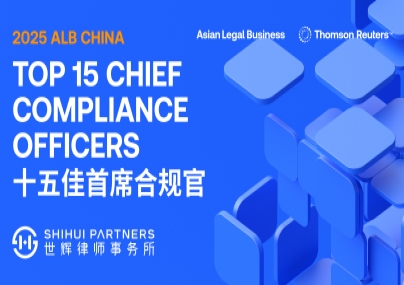After partnering with Hong Kong firm CWL Partners late last year, electing two managing partners the following May and subsequently setting up a representative office in Singapore in August 2016, U.S. law firm Nixon Peabody (NP) clearly has lofty ambitions in Asia, which all started with the opening of its Shanghai office in 2007.
Driving NP’s Asia strategy are Jeffrey Costellia, chair of the firm’s Global Strategies Committee, and David Cheng, chair and managing partner of its China and Asia-Pacific practice. “Our strategic priorities are focused on uncovering significant opportunities...which could include developing a new service area or having deeper resources in a specific location or practice,” says Costellia on the firm’s Asian journey so far.
Of course, the Asian market has not been kind to international law firms in recent times – note the recent departure of Cadwalader from Hong Kong and the woes for firms like Ashurst – so NP’s willingness to invest in the market shows that it still has potential.
And the firm’s relatively late Asia market entry may be to their advantage. “Because we entered the Asian market a bit later than our peers, we learned a lot from competition,” says Cheng.
ASIA STRATEGY
Though NP doesn’t have the Asia background that many of their competitors boast of, the firm feels that its dedication to clients can set them apart in this region. “Instead of investing in bricks and mortar and a large staff, we focused on the clients,” claims Cheng.
Costellia is based in the U.S., but he doesn’t feel that it is a hindrance. “The key is listening to the local lawyers,” he says. “We certainly don’t think we have all of the answers back in the U.S.” Additionally, he highlights the importance of trust, accepting that there’s always more than one way to do something, and the approach he's accustomed to may not be the best one at all times.
It is this premise of collaboration over dictation that both Costellia and Cheng stress as being a necessity to the firm’s culture. NP’s capabilities should complement both the firm’s U.S. background and the markets in which it operates, and the two should learn from and accommodate each other. For the firm to catch up to its competitors that have been working in Asia for so long, it needs collaboration. As Costellia puts it, “Our Asian practice is totally integrated into the firm."
Related Articles

2025 ALB China 十五佳首席合规官 / Ranking open: 2025 ALB China Top 15 Chief Compliance Officers
ALB荣幸地宣布,2025 ALB China 十五佳首席合规官评选现已启动,此次评选面向工作城市位于中国大陆的的首席合规官或企业合规事务的最高负责者进行参与。

报名开始:2025 ALB China 区域市场排名:西部地区 / Ranking open: 2025 ALB China Regional Ranking: West China
"2025 ALB China 区域市场排名:西部地区"现已接受提名。
